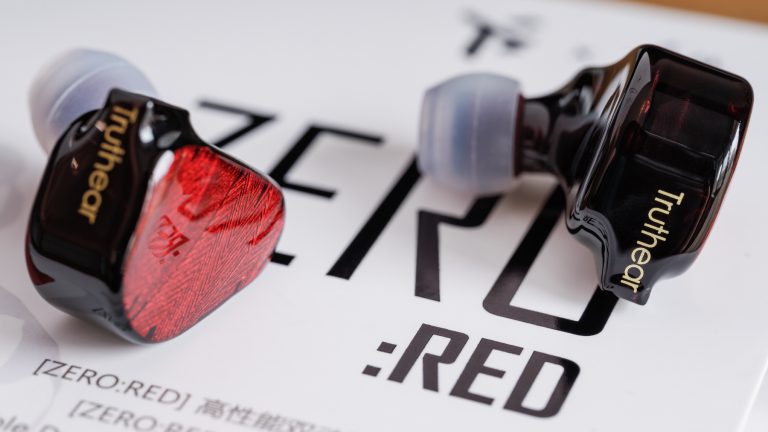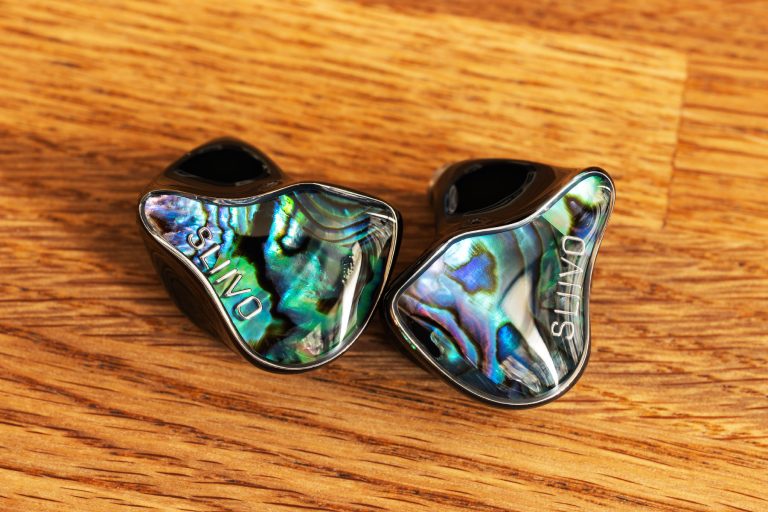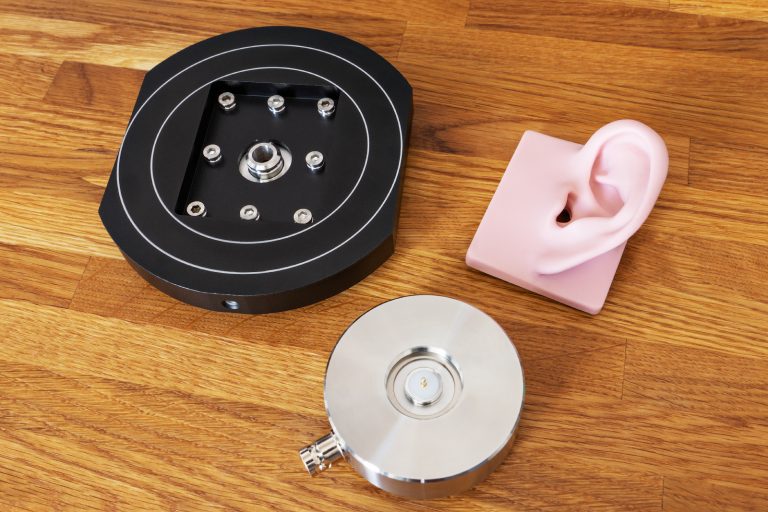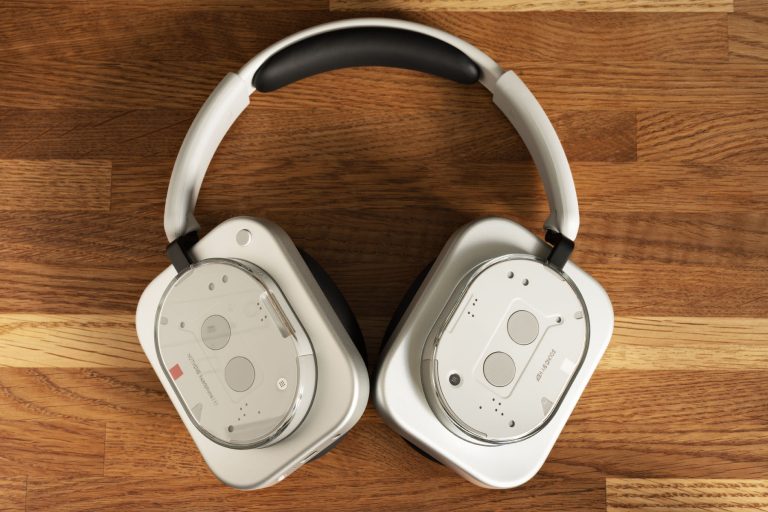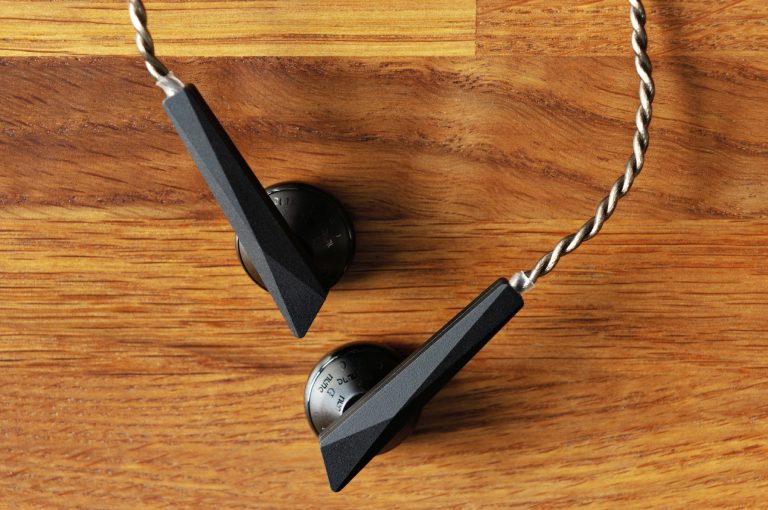Moondrop Chu. Magic outside Hogwarts
Many tried to create some good and, at the same time, very cheap headphones, but none of them has ever succeeded. Even with true experts involved, the result still wasn’t quite a success. It always turned out to be more of a massive fail, actually, and said experts disowned the creations afterwards.
And then! Then the Moondrop company makes a genuine hat trick with a wired Chu in-ear model instead of a bunny. And the price is something around $23. With proprietary earpads provided, though these same earpads cost around $15 when sold separately. That being said, the price of the headphones themselves is some $8 (eight US dollars – just so you know it’s not a typo). Another shocker – the Chu are great headphones. I may be subjective, but these are still great in sound and some other parameters.
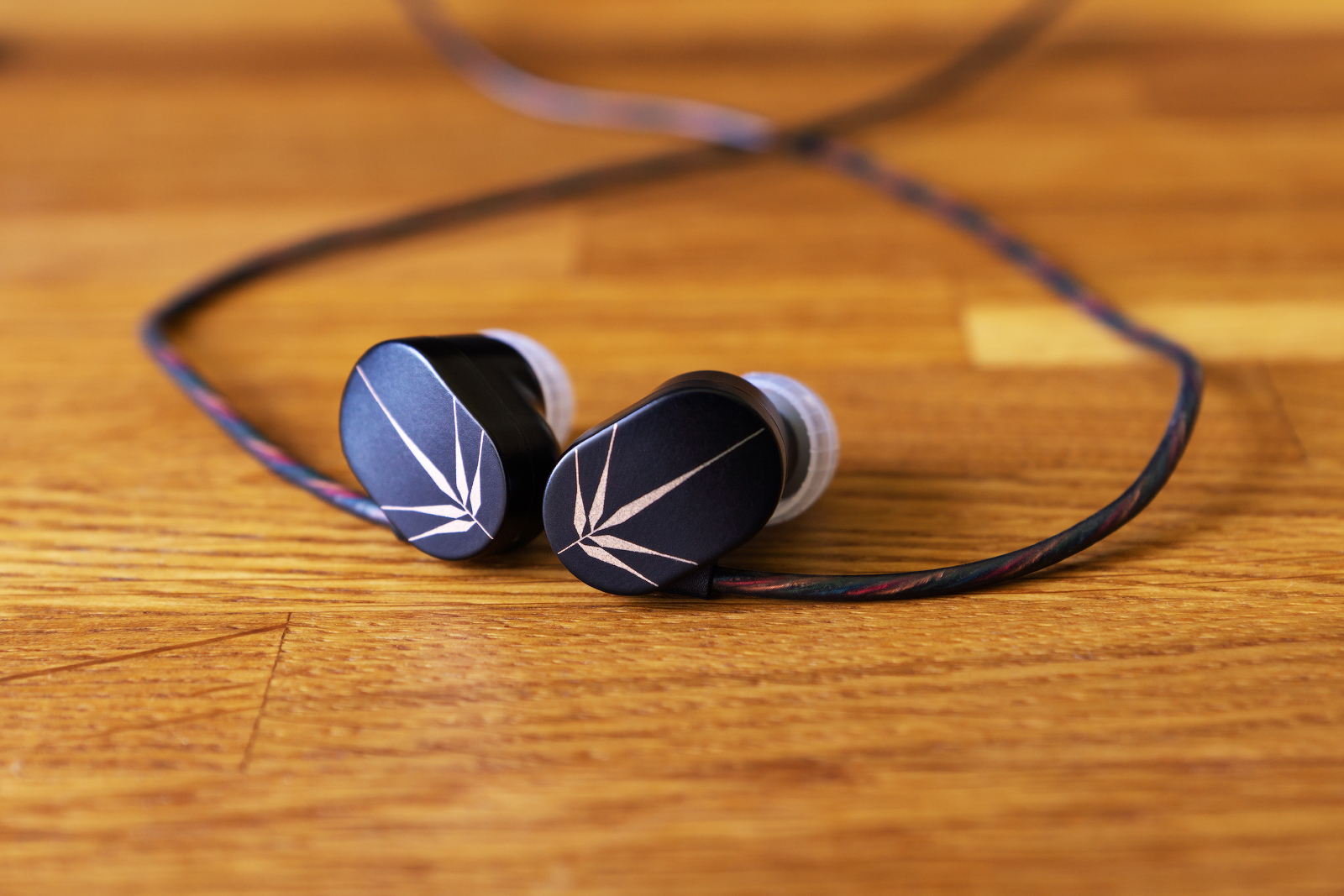
Are they really that good? Do you need to skip one or two dinners and rush and buy them? What’s bad about the Chu? Let’s talk about it.
Title
竹 is actually read ‘Zhu’, not ‘Chu’ and means bamboo.
What’s included
The headphones come in a box with a pink anime girl card. Let me know in the comments if you know her.
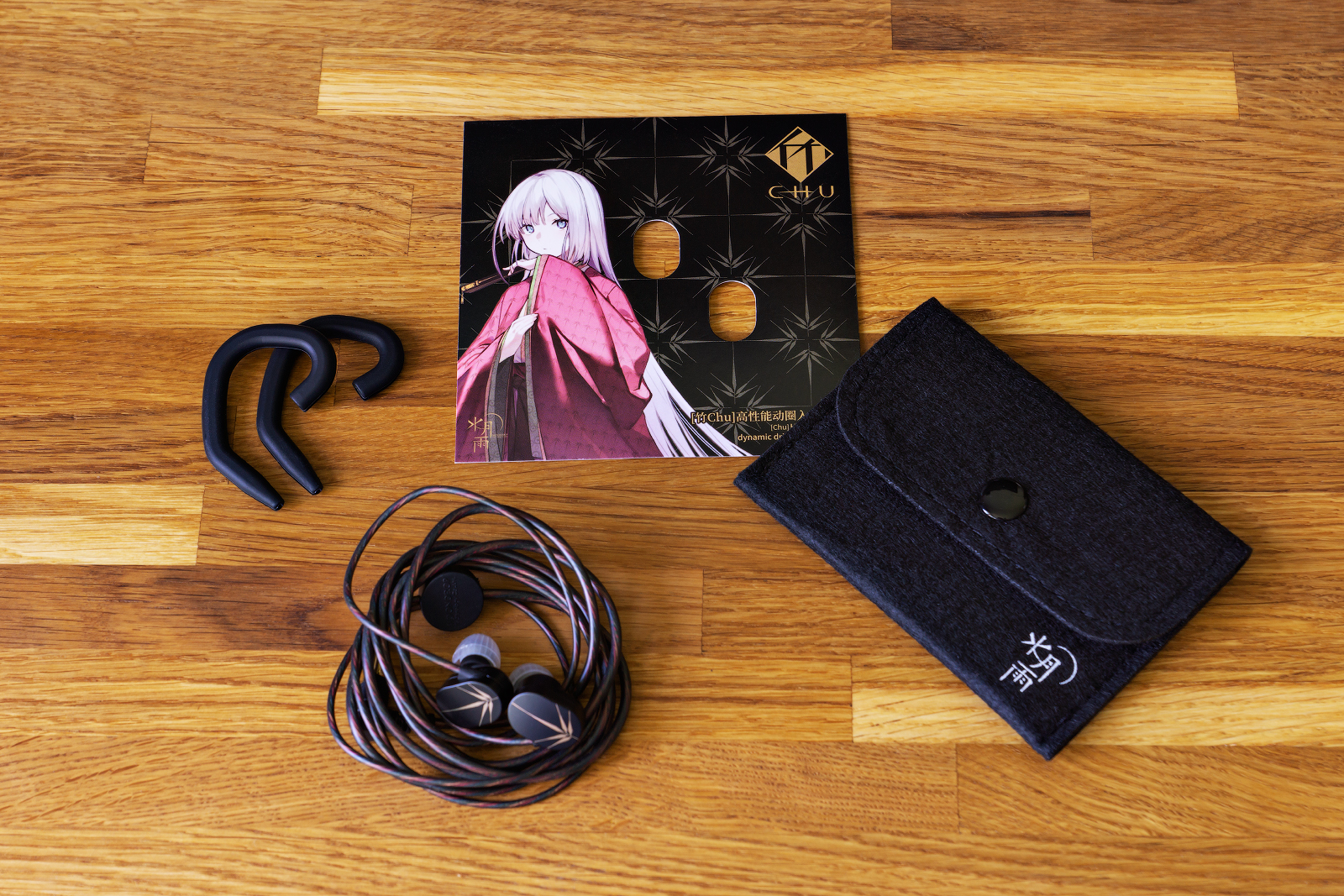
So, there’s the cardboard girl, the headphones and a couple of useful additions.
- The Moondrop Spring Tips earpads of three sizes. Keep on reading, I have something on these below.
- The ear holders, if you don’t like it with just cables behind the ears.
- The case (believe it or not). It seems to be made of soft paper or plastic or something else, and it feels absolutely low-key, but is doing pretty good if you actually need it to just protect your headphones in your pocket. Well, of course, the earpieces will still rub against each other and thus scratch each other’s enclosures. Because you know what? This is what the headphones case should look like. Still no company produces such models. Dear manufacturers, please, just take this design and start implementing it already!
Okay, back to our set. It’s perfect given the price (it’s $25, remember?).
Design, build quality, comfort level
The Chu enclosures are made of metal. Of zinc alloy, precisely. They’re smooth and very small – maybe even tiny by today’s standards. There are two compensation ports on each earpiece. On the outside, there’s a golden bamboo twig icon – according to the model name.
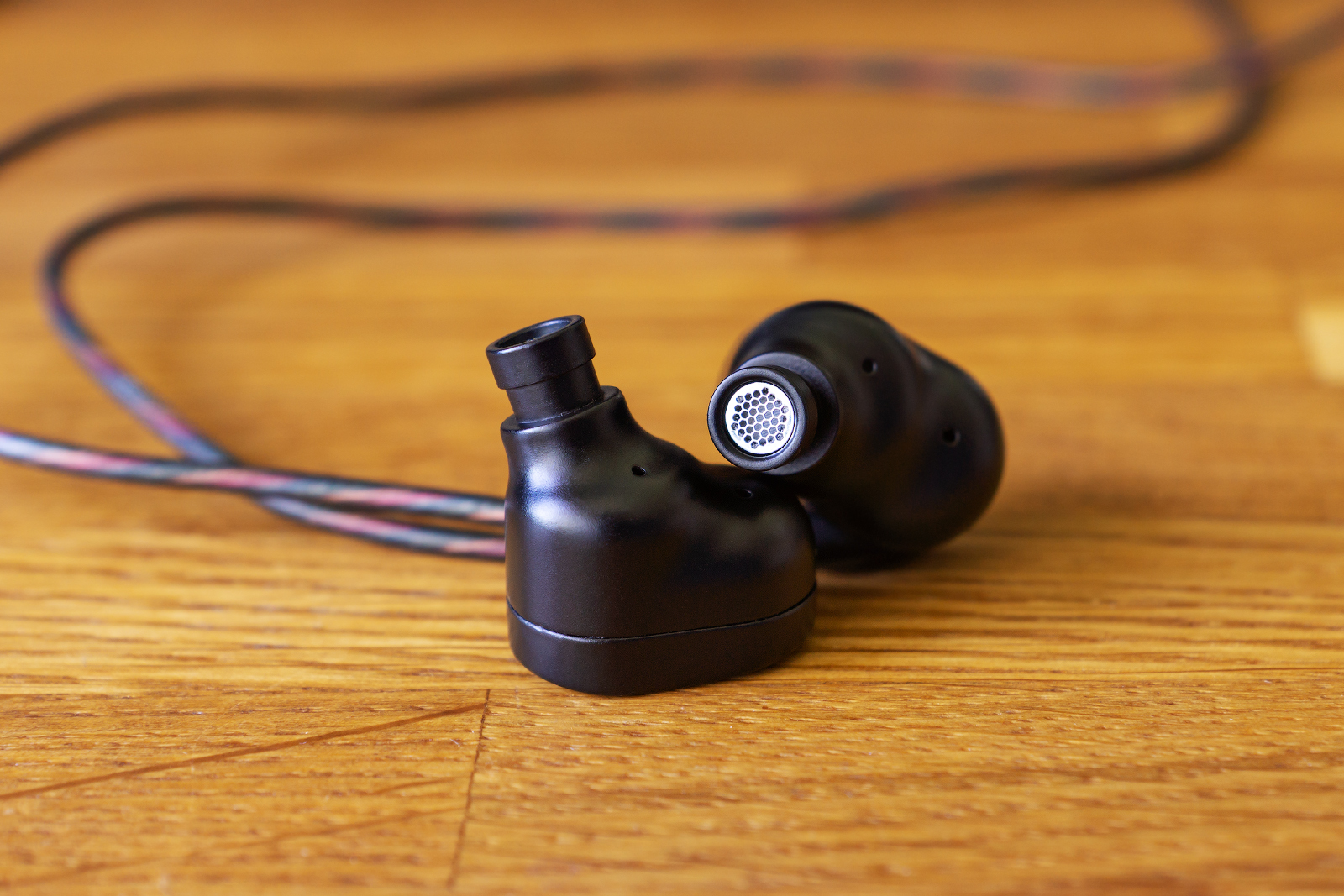
The enclosures are actually pretty well assembled, there are no gaps or sharp edges, and the modest size and ergonomic shape mean a quite comfortable fit for like 99% of users. Moreover, the non-detachable cable sticks out of the earpiece at the angle just perfect to fit the headphones with cables behind the ears. There are those useful R and L markings, too.
The cable is soft and nice and features an L-shaped jack at its end. The cable splits at an equal distance from each of the earpieces, so you can’t leave one of your earpieces hanging around your neck when necessary. You either listen to your music properly or don’t listen at all! Or just, I don’t know, use a brooch to hold the unwanted earpiece…
Earpads
There are exactly three words I have to describe the earpads provided: they are excellent. There’s a Spring word used in the earpads name, and I don’t think it’s about one of the seasons of the year. I think it’s about the additional stiffening pieces inside the silicone domes of the earpads, which don’t allow excessive crumpling in your auditory canal.

And indeed, the Moondrop Spring Tips feel so comfortable inside the ears. I’d say that even the Xelastec SednaEarfit wouldn’t beat them. They seem to gently ‘stick’ to the walls of the auditory canal and don’t try to play paratroopers – whatever you do.
The other feature (in addition to comfort) the manufacturer claims is the ability to somewhat suppress resonance in the upper-frequency range of about 8–9 kHz. And it actually works! Here’s the test-case: take different earpads (say, Spring and SpinFit), pull them on the left and right Chu, then turn on the music. There’s an audible difference, my friends.
The only thing to grumble at is sound insulation. It’s not bad, not at all, but it’s clearly not something you’d expect from your foam earpads. Done with grumbling, let’s move on.
Technical specs
- Design: in-ear closed-back.
- Drivers: 1 dynamic driver.
- Impedance: 28 Ohms.
- Sensitivity: 120 dB.
Measurements
The headphones were connected to the RME ADI-2 DAC (IEM output). A measuring rig conforms to the IEC60318-4 standard. For each of the earpieces, the measurements were made until 3 reliable and stable measurements were obtained for the left and right channels; any deviant measurement results were excluded. The provided earpads were used for measurements. The smoothing is indicated on the graphs. As always, for the info about rigs, graphs and headphones measurements refer to my article.
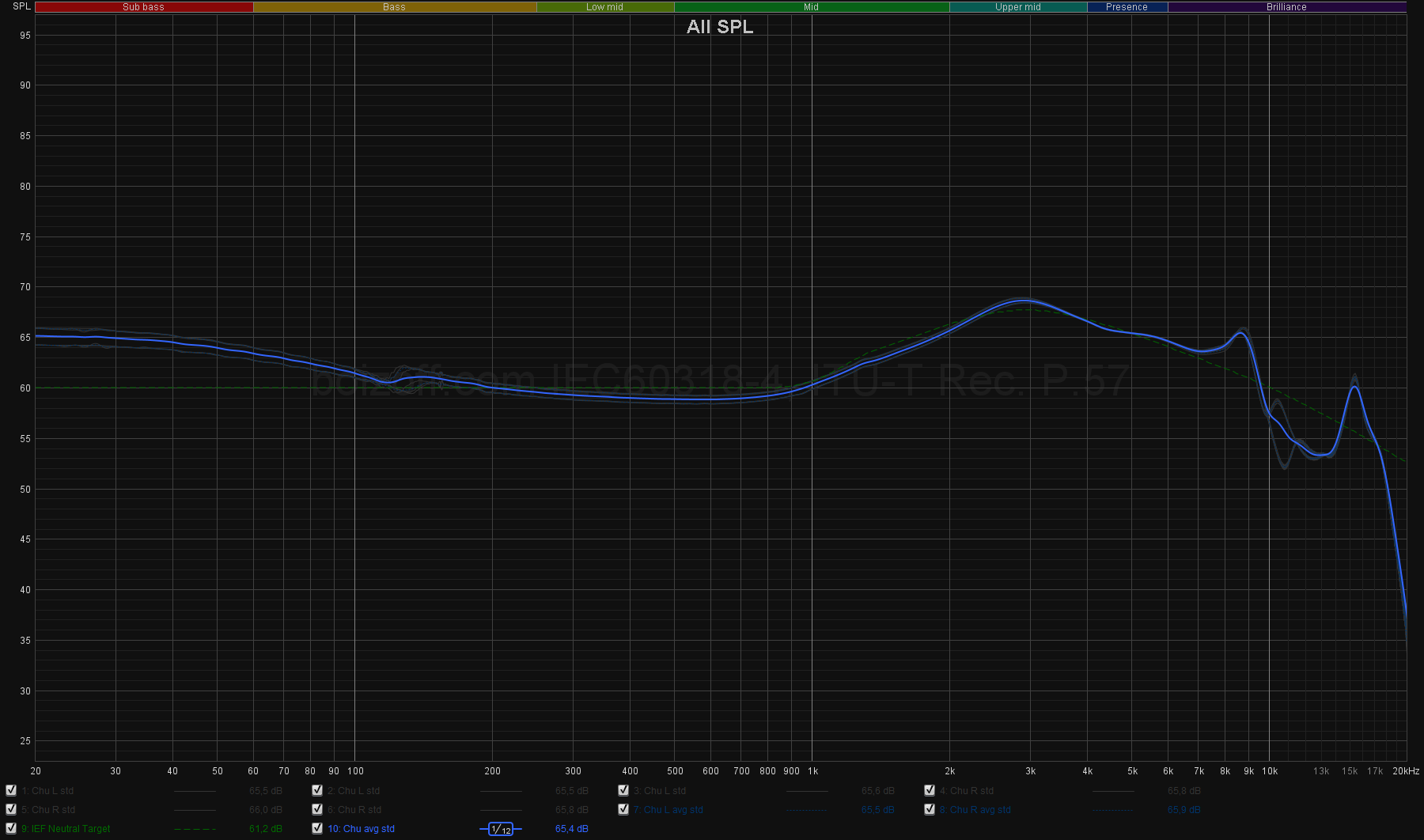
The Chu tuning is very close to straight neutral except for two sections.
- The sub-bass and the bass are accentuated at 6 dB peak.
- An exceptionally careful emphasis is placed at the 2.7 kHz, literally one and a half decibels, which doesn’t really exceed the average difference between different models and the case-to-case accuracy of the measuring rig.
- At 8.5 kHz, there’s a curb reaching +3.5 dB relative to the IEF curve. However, the most important thing to emphasize here is that curb’s exceptional smoothness, so there should be no masking applied to the adjacent range sections.
Some reviewers, by the way, say that the manufacturer actually tried to follow the Harman curve. Here’s what the Harman curve looks like – in case you don’t remember.
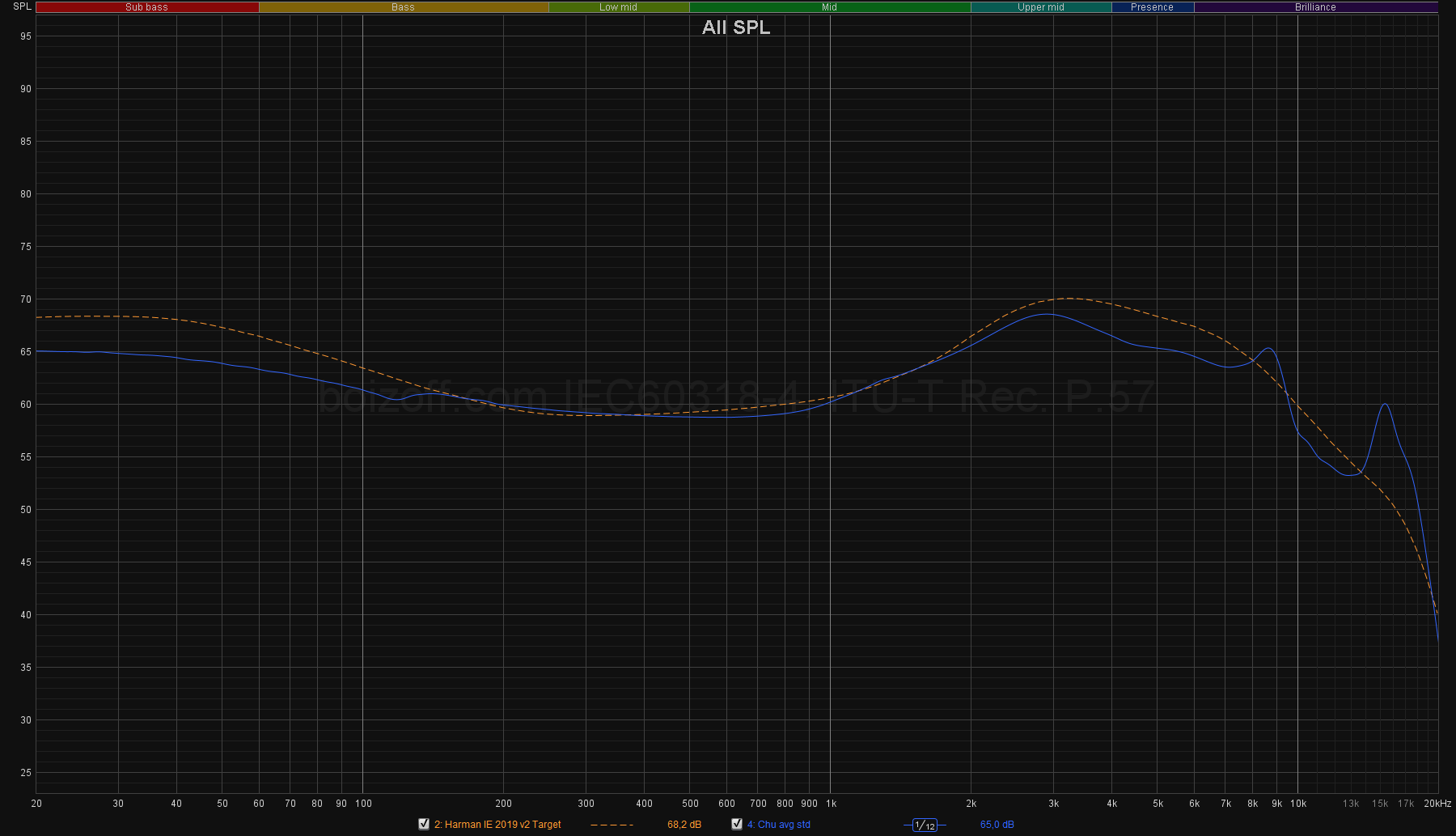
So no, the Chu sound has little to do with the Harman curve – neither in lower nor in upper frequencies. The Chu sound delivery is closer to the neutral one (that is, the IEF curve), despite the rather raised bass.
Sound The Chu are the neutral-sounding headphones, though tending to a slightly lighter sound delivery. I mean it: it doesn’t sport any sibilance, any rustling, any ‘metallic’ hues which would’ve taken place with a less even frequency response. It’s just some lighter sounding. And so the emphasis on the 8.5 kHz isn’t a threat at all. Just let me remind you of the configuration of the headphones sounding REALLY bad in the upper-frequency range: meet the KZ Zex Pro (x Crinacle).
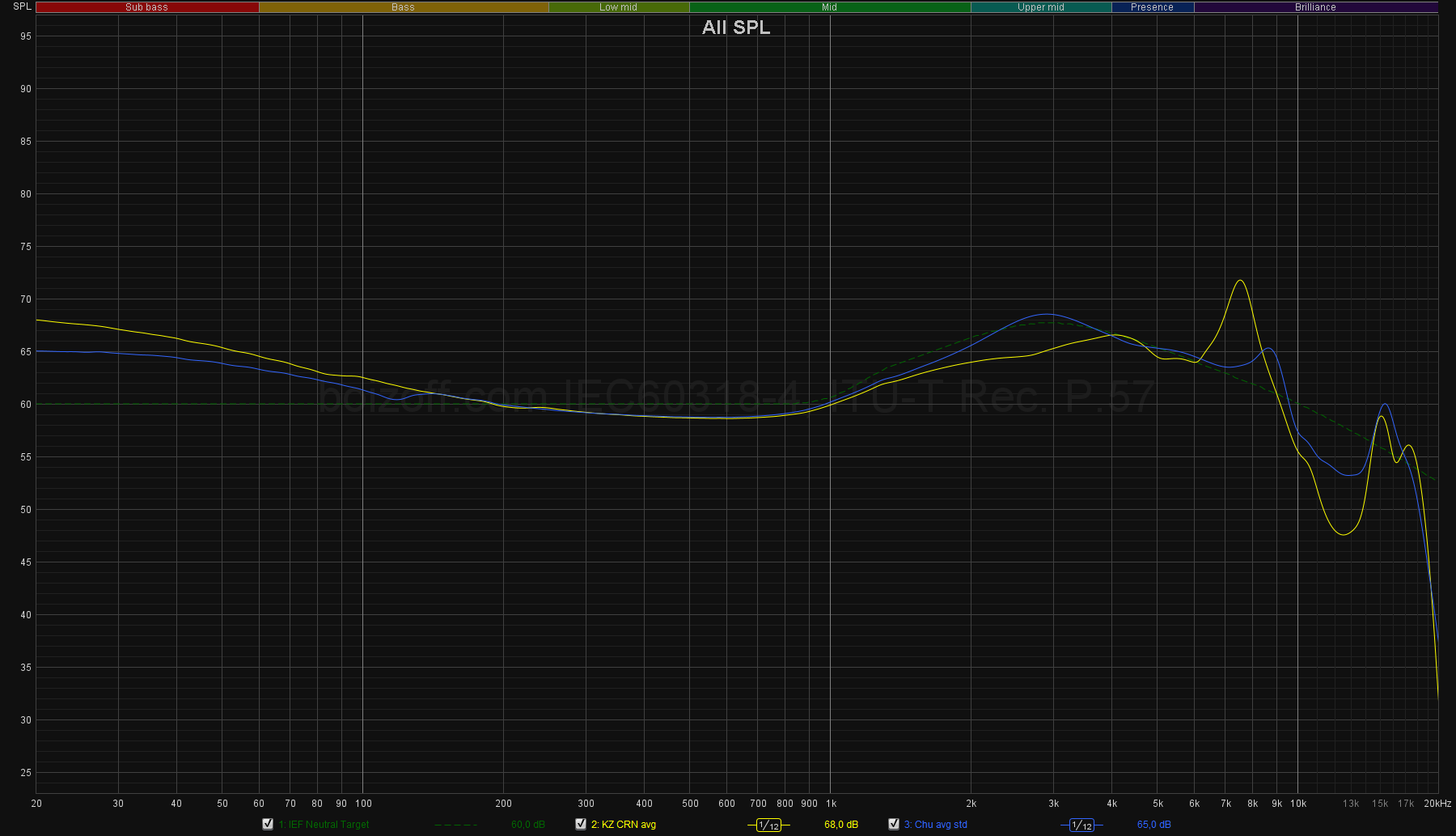
Well, should I even keep on digging into this… Okay, let’s refresh the topic of the neutral sounding. When paired with some correctly mixed tracks, the neutral tuning sounds detailed, harmonious, dynamic, engaging, correct – any positive epithet usually used to describe the headphones would be appropriate to describe the Chu. The lower-frequency section is highlighted, but just enough so that the bass is audible when walking down the street. Because the included earpads can’t provide some decent noise insulation. The tiniest hue of the upper-frequency range, as well as the smoothly emphasized 8.5 kHz fraction, give the additional detail and sharpness. But since any accent here isn’t too strong or sharp, your brain just accepts such a presentation as correct in the first 10 minutes of listening. Then you just enjoy the tracks without torturing yourself with sound analysis. Isn’t that awesome?
There’s still something to be upset with (is it even okay to be upset with $8 headphones?). It’s lack of airiness, lack of elongated overhangs and thus you can’t perceive the space of the sound stage. That is, that decline after 10 kHz is really audible. And it’s a significant decline, I must say. The Chu don’t feature the sophistication dear to any self-respecting audiophile. The Chu aren’t about ‘high-bred’ sound. The instrument positioning, the source discreteness, their localization are all transmitted perfectly. But no flair, no WOW factor. However…
What would you listen to with your Chu to feel excited (again)? You’d choose some correctly recorded and mixed music of any genre, provided that you know what the neutral tuning is and accept that. Here are some examples (I should probably start posting Spotify playlists):
- Febersvan by Gaupa
- Breathe by The Prodigy
- Cornflake Girl by Tori Amos
- Chaser by Mammal Hands
- Lamento della ninfa, SV 163: II. Amor from Monteverdi & Marazzoli: Combattimenti!
- Voice Of The Moon by Anoushka Shankar
You may not be ready for this kind of sub-bass – losing its texture and just slurly howling and buzzing at around 30–50 Hz. Take a look at the frequency response graph!
What’s going to sound gross? Any track with additional highlight at the upper-frequency range – whether the artist decided so, or with the expectation of listening on average popular models. The playlist to suffer to (aka The playlist of death):
- Ride On by Cruachan
- Fire Fire by Flyleaf
- Babel by Gustavo Bravetti
- Sunset 28 by Beseech
- Ceremony by Moko
It’s worth noting that the Chu are just great for gaming! Because all frequencies are heard equally well, and the positioning is clear, that’s why. Not sure if anyone uses wired in-ear headphones, but, well, you’re welcome.
Summary
This is some kind of magic outside Hogwarts. As phenomenally cheap the Chu are, they’re also phenomenally well built, bring a nice set of different stuff with them (I mean, the case, the earpads and all) and, of course, sound so nice. It would be absolutely okay to give kudos to their ergonomics, sound delivery and, separately, for the amazing earpads should they cost 5–7 times more. Besides all the above, you’d want to buy them just out of interest! Just for a charitable laugh at the sound of a ridiculously cheap Chinese thingy.
It’s impossible to predict whether you’ll like this kind of sound personally. As for me, I’m actually delighted with both the sound and the fact that the ‘very good sound can be cheap’ dream is finally real.
There’s something I’m not very sure about, though. What would be the real-life use scenarios of such a model? Now that most smartphones don’t even have headphone jacks, wouldn’t you say that wired in-ear headphones are only suitable to use with separate mp3 players? Imagine a novice audiophile who bought a separate player for say $50 on Craigslist. Will he consider buying headphones for $28? I’m not sure. I probably wouldn’t. I’d take a look at models like Moondrop Arya, DUNU Titan S, Tin HiFi T3 Plus and other decent offers costing even more than the player I chose.
Or I’d go with the cheaper stuff… I don’t know. Anyways! The Moondrop Chu’s just won the competition as the best in-ear headphones for almost no money.


